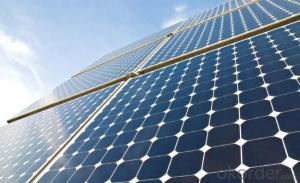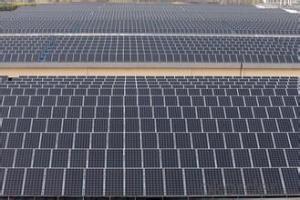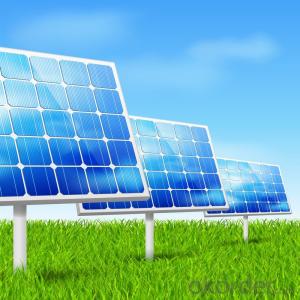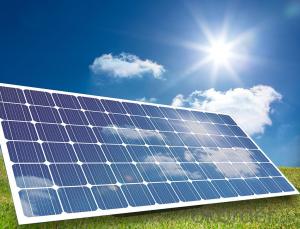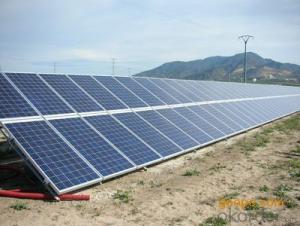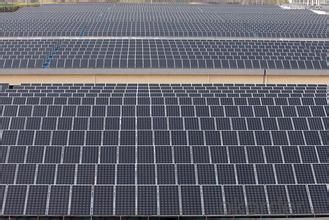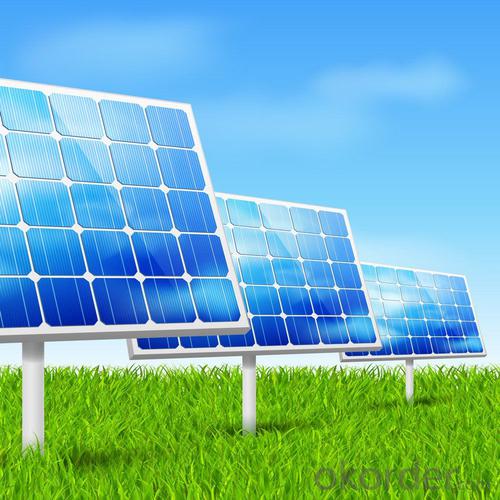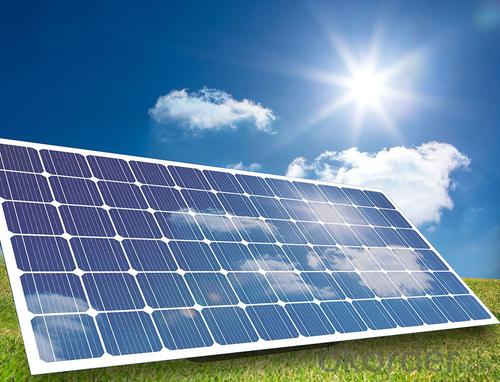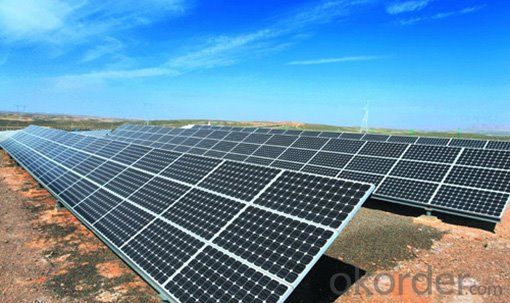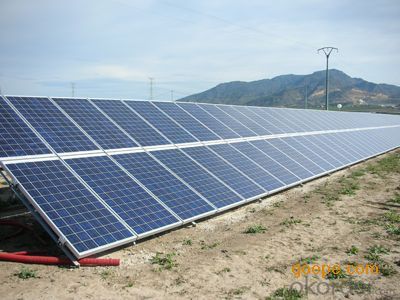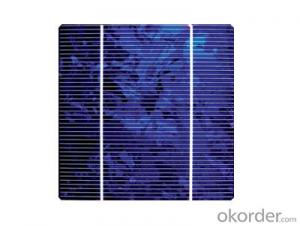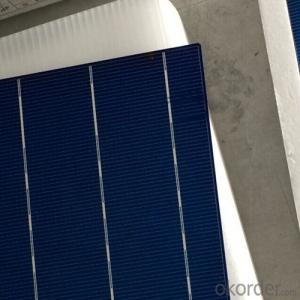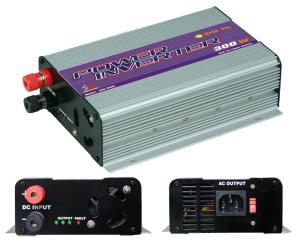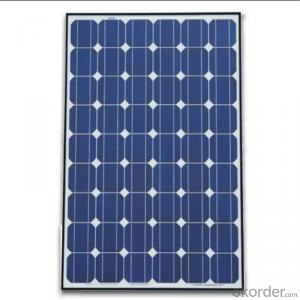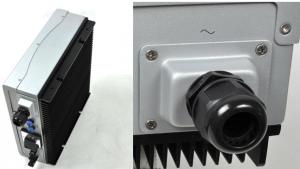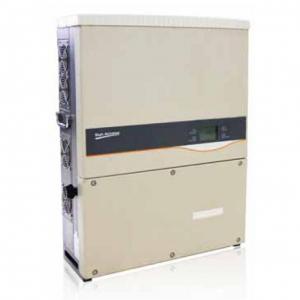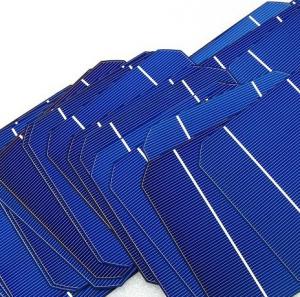House Solar Cells - Sunpower 230Watts Grid Connect Solar Module
- Loading Port:
- Shanghai
- Payment Terms:
- TT OR LC
- Min Order Qty:
- 11 watt
- Supply Capability:
- 1111111 watt/month
OKorder Service Pledge
OKorder Financial Service
You Might Also Like
1.Structure of Solar Module Description
The solar module is an off-gird solar power generator, designed to provide stable and reliable electricity to homes and communities without access to grid electricity or to those regions where are short of power or even without power. The solar module is convenient to move, easy to set-up with reliable performance, making it ideal for situations where emergency power is required. It is an ideal & reliable energy source for a wide variety of applications, ranging from lighting , radios, fans ,televisions ,computers ,refrigerator. The USB port is compatible with all 5V-USB charged devices. It can also act as a back-up power source during emergency situations.
2.Main Features of the Solar Module
1).High conversion efficiencies resulting in superior power output performance.
2).Outstanding power output even in low light or high temperature conditions
3).Optimized design for ease of soldering and lamination
4).Long-term stability,reliability and performance
3.Solar Module Images
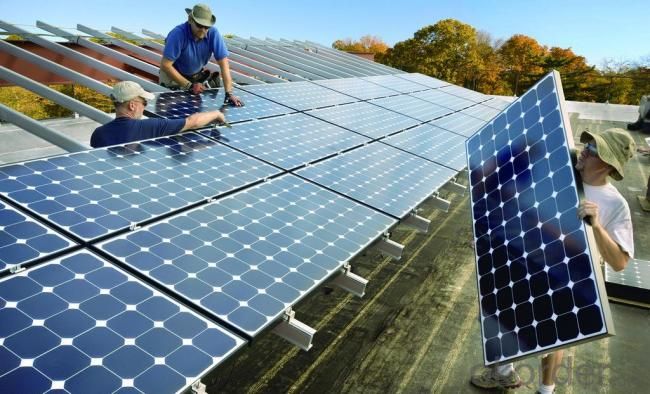
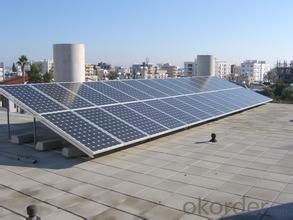
4.Solar Module Specification
Highest Efficiency
Panel efficiency of 18.5% is higher than any commercially available panel of similar size.
More Power
SunPower 230 delivers up to 50% more power per unit area than conventional solar panels and 100% more than thin film solar panels.
Reduced Installation Cost
More power per panel means fewer panels per install. This saves both time and money.
Reliable and Robust Design
Proven materials, tempered front glass, and a sturdy anodized frame allow panel to operate reliably in multiple mounting configurations.
Warranty
5 year limited product warranty
25 year limited power warranty
5.FAQ of Solar Module
1). Q: Are you a factory or trading company?
A: We are a factory.
2). Q: Where is your factory located? How can I visit there?
A: Our factory is located in Jiangyin, Jiangsu, China, near Shanghai. You are warmly welcomed to visit us!
3). Q: How can I get some samples?
A: Please connect me for samples
4). Q: Can the price be cheaper?
A: Of course, you will be offered a good discount for big amount.
- Q: How long is the long cycle solar cell life?
- Various solar cells according to its working principle, life is different (1) silicon solar cells Silicon solar cells are divided into three kinds of monocrystalline silicon solar cells, polycrystalline silicon thin film solar cells and amorphous silicon thin film solar cells.
- Q: What is the impact of hurricane-force winds on solar cell efficiency?
- The impact of hurricane-force winds on solar cell efficiency can be significant. These strong winds can cause physical damage to solar panels, such as breaking or dislodging them from their mounts. This not only affects the overall functionality of the solar system but can also lead to a decrease in energy generation. Additionally, high winds can result in the accumulation of dust, dirt, or debris on the surface of the solar panels, reducing their ability to absorb sunlight and convert it into electricity. Therefore, it is crucial to ensure proper installation and maintenance of solar systems in hurricane-prone areas to minimize the negative impact on efficiency.
- Q: Can solar cells be used in agriculture for irrigation?
- Yes, solar cells can be used in agriculture for irrigation. Solar-powered irrigation systems can efficiently harness solar energy to pump water from wells, rivers, or other sources, reducing the dependency on fossil fuels and electricity. This sustainable solution can help farmers irrigate their fields and crops, especially in remote areas with limited access to electricity grids.
- Q: Can solar cells be used in cloudy or rainy weather?
- Yes, solar cells can still generate electricity in cloudy or rainy weather, although their efficiency may be reduced compared to sunny conditions.
- Q: Can solar cells be installed on any type of roof?
- Yes, solar cells can be installed on any type of roof, including flat, sloped, metal, tile, and asphalt roofs. However, the suitability and feasibility of installation may vary depending on factors such as roof orientation, shading, structural integrity, and local regulations. It is recommended to consult with a professional solar installer to determine the best options for your specific roof type.
- Q: Can solar cells be used for powering sports stadiums?
- Yes, solar cells can be used for powering sports stadiums. They have the ability to generate electricity from sunlight and can be installed on the roof or surrounding areas of the stadium. This renewable energy source can help reduce the carbon footprint of the stadium and contribute to a more sustainable and environmentally friendly power supply.
- Q: What's the relationship between solar energy materials and solar cells?
- Solar cells are used for the direct conversion in changing the light energy into electrical energy. At present, a large number of terrestrial photovoltaic systems are actually made by silicon solar cells, which can be divided into silicon, polycrystalline silicon, amorphous silicon solar cells.
- Q: What's the benefit of using a solar cell?
- It can decrease the damage to our environment.
- Q: How do monocrystalline solar cells differ from polycrystalline solar cells?
- Monocrystalline solar cells are made from a single crystal structure, which results in a uniform and continuous appearance. On the other hand, polycrystalline solar cells are made from multiple crystals, leading to a more fragmented and less uniform appearance. In terms of efficiency, monocrystalline solar cells tend to have higher efficiency rates due to their uniformity, while polycrystalline solar cells have slightly lower efficiency but are generally more cost-effective.
- Q: Can solar cells be used to power homes?
- Yes, solar cells can be used to power homes. Solar photovoltaic (PV) systems convert sunlight into electricity, which can then be used to power various appliances and lighting in households. These systems typically consist of solar panels installed on rooftops or other sunny areas, along with inverters and batteries to store excess energy for use during non-sunny periods or at night. With advances in technology and decreasing costs, solar power has become an increasingly viable and sustainable option for homeowners to generate their own electricity.
Send your message to us
House Solar Cells - Sunpower 230Watts Grid Connect Solar Module
- Loading Port:
- Shanghai
- Payment Terms:
- TT OR LC
- Min Order Qty:
- 11 watt
- Supply Capability:
- 1111111 watt/month
OKorder Service Pledge
OKorder Financial Service
Similar products
Hot products
Hot Searches
Related keywords
